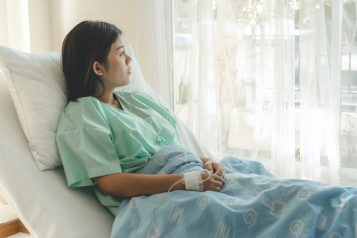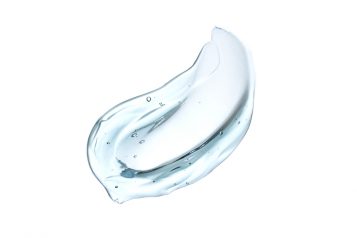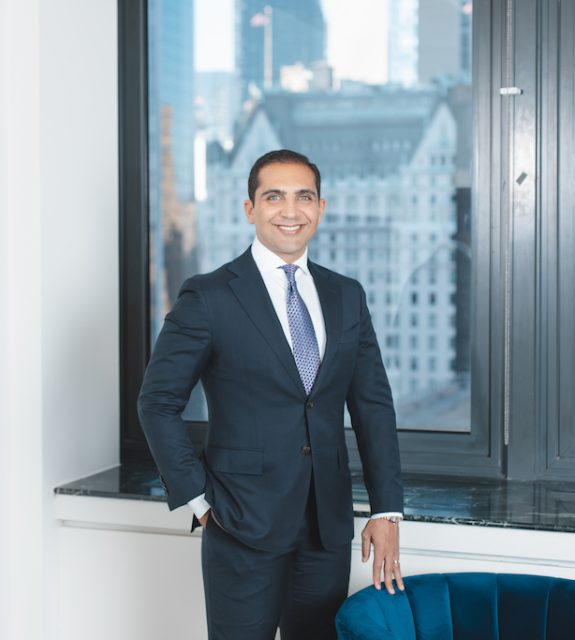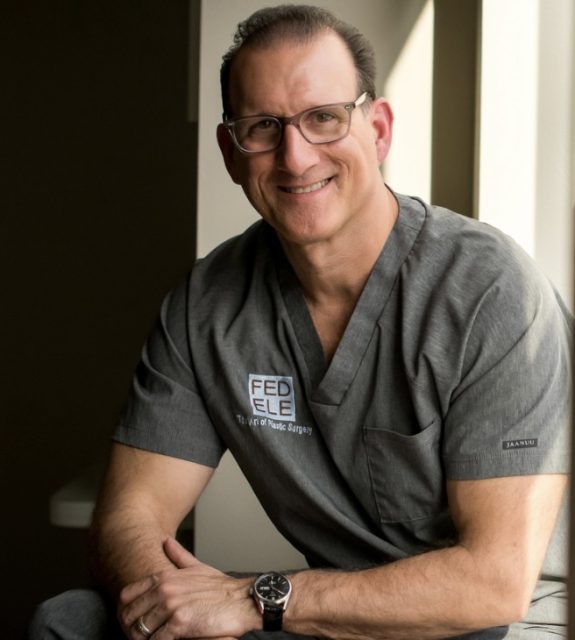
Adult acne can present with whiteheads, blackheads, painful red bumps under the skin, pimples, and pus-filled lumps under the skin, which is known as cystic acne and the most difficult to get rid of. Not only is it unsightly, and can leave facial scarring, sufferers of adult acne also deal with a lowered self-esteem about their appearance.
There are a number of outside affects that cause adult acne and oftentimes it has nothing to do with what the patient is actually doing themselves.
“If you talk to dermatologists who are more old school… They did not see as much adult acne back when they first started practicing compared to now. So, it really makes me wonder, what is going on in our environment that’s making adult acne more prevalent?” says Dr. Mamina Turegano.
Diet
Dr. Mamina Turegano says major ingredients in the food we eat can cause an increase in sebum and oil production. These include dairy food and foods with a high glycemic index.
“so foods that make your blood sugar spike… Processed sugars are the worst, high fructose corn syrup. White foods and processed carbs like white bread, white flour, even white rice can make your glycemic index go up… And from what we have seen in studies, food that can make your blood sugar shoot up, send a cascade of signals, hormone signals, that makes your body want to increase oil production in the pores,” says Dr. Turegano.
Stress
Stress is a known factor to increase acne, and overconsumption of caffeine can amplify it more. “Overconsumption of caffeine does cause stress, like a physical stress response in the body, and I personally think that that can play a role,” says Dr. Turegano.
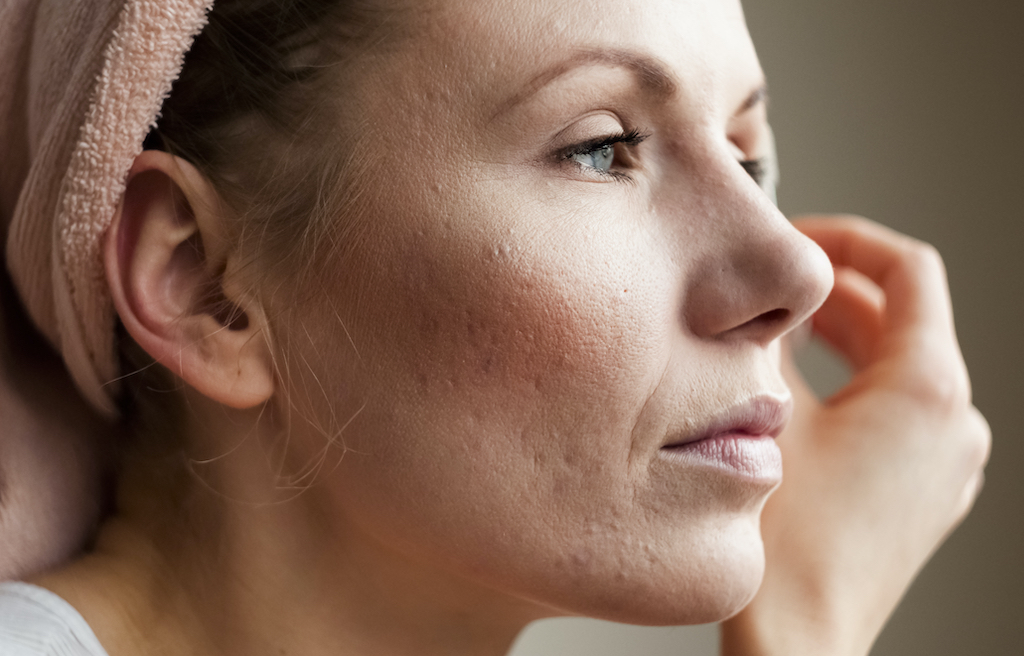
Determining the Course Treatment For Adult Acne
Dr. Turegano says the presentation and severity of the acne determine the treatment.
Mild Acne
Contrary to popular belief, Dr. Turegano would recommend over the counter treatments.
“A lot of times I find that people are wasting their time and could be doing more damage by throwing multiple harsh products onto their skin at one,” she says referring to ingredients like salicylic acid, glycolic acid, benzoyl peroxide. Dr. Turegano says to begin a basic regimen of cleansing regularly and picking one anti-acne product.
“I have a good success rate of basic over-the-counter treatments, for mild acne,” she adds.
Moderate to Severe Adult Acne
Seeing a dermatologist is the first step in treating moderate to severe acne. From there, a topical prescription regimen and typically an oral medicine, like antibiotics, spironolactone, or Accutane are prescribed.
“Well, the brand name is Accutane, the generic name is Isotretinoin, and this is a very effective treatment for severe acne and is actually curative in about 80 to 90 percent of cases, but it does come with a lot of potential side effects and it requires close in-office monitoring,” says Dr. Turegano
Hormonal
“Hormonal acne can occur anywhere, but it traditionally or typically appears more so in the lower half of the face, what we call, the beard distribution. If you were to grow a beard this is where there's a higher amount of androgen receptors. Androgens include things like testosterone, and when these receptors are activated then they can increase oil production, which can clog pores,” says Dr. Turegano.
She tends not to lean towards birth control as a solution for acne and commonly prescribes spironolactone as her go-to hormonal acne treatment.







